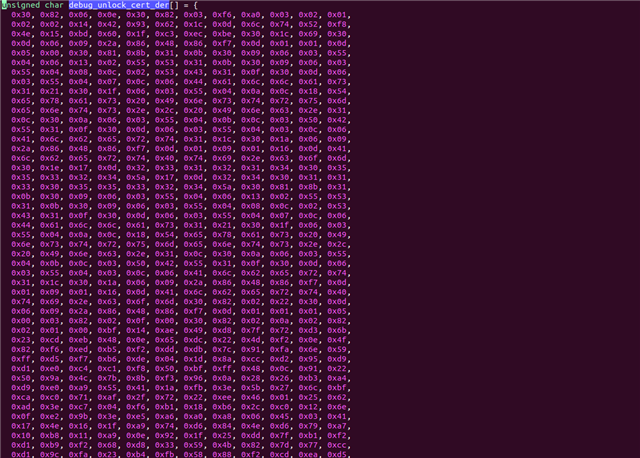How we can unlock the JTAG on HS-SE devices using TISCI api mentioned in the secure debug document ?
-
Ask a related question
What is a related question?A related question is a question created from another question. When the related question is created, it will be automatically linked to the original question.




